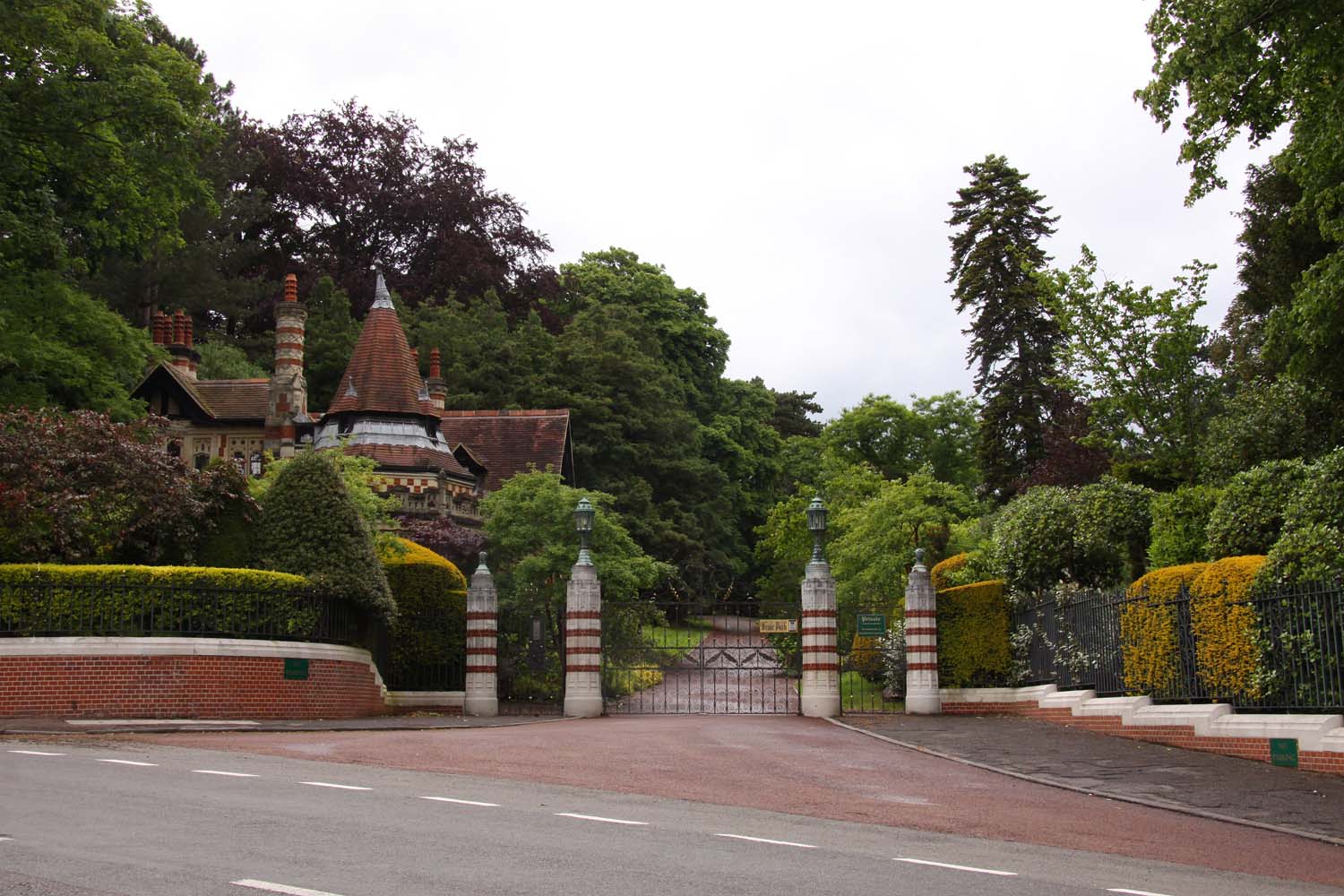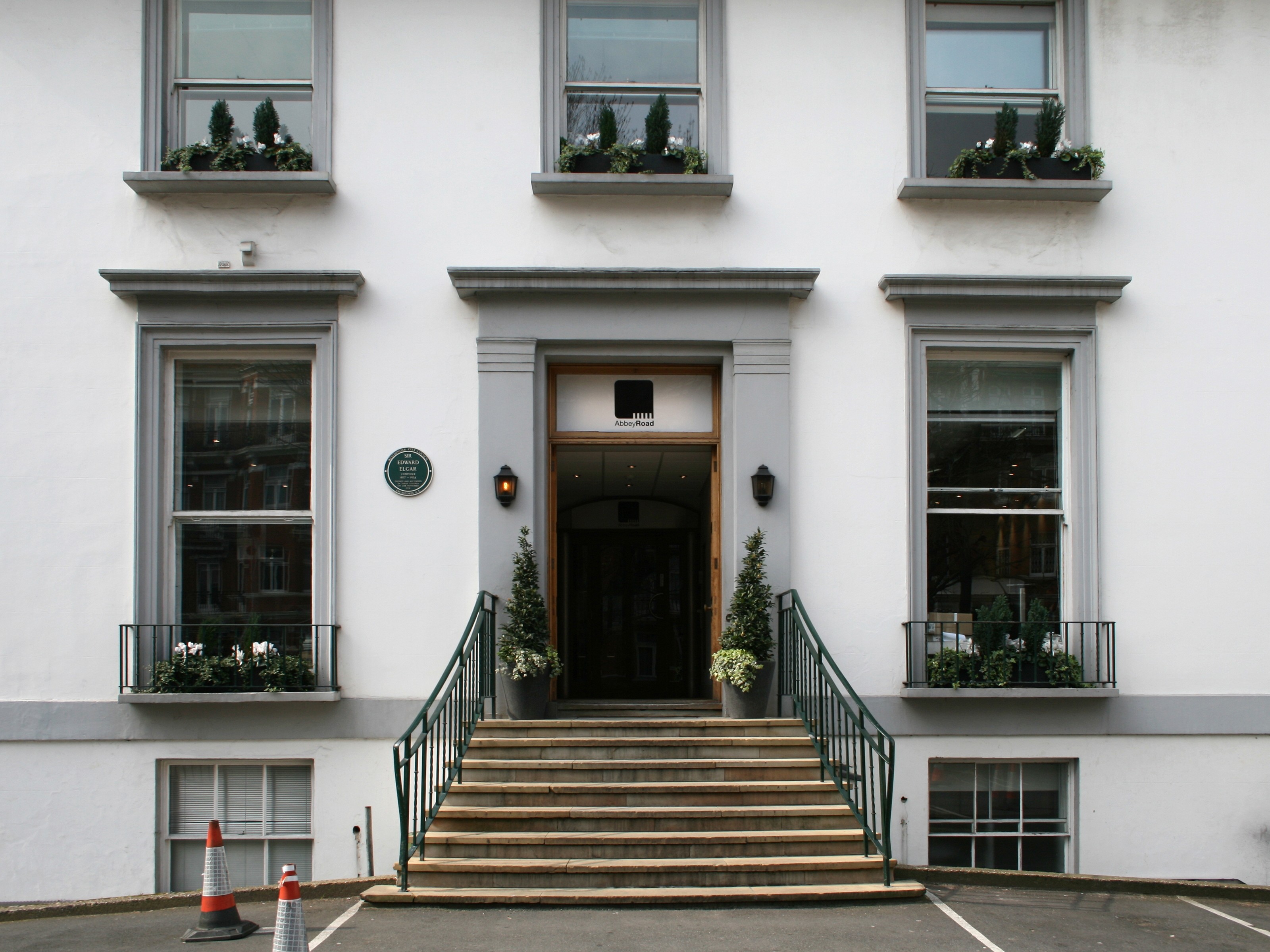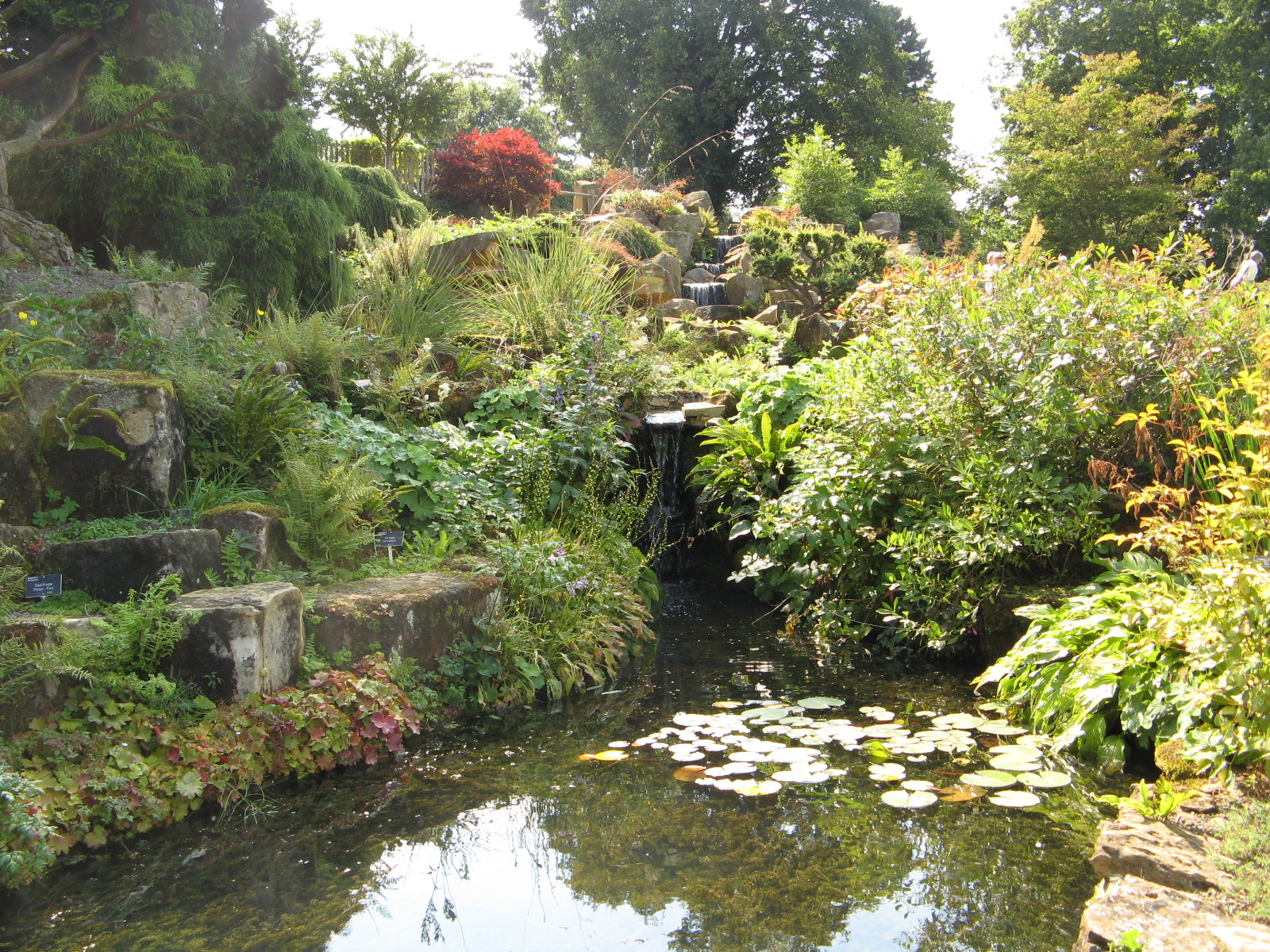|
Frank Crisp
Sir Frank Crisp, 1st Baronet, (25 October 1843 – 29 April 1919) was an English lawyer and microscopist. Crisp was an enthusiastic member, and sometime officer, of the Royal Microscopical Society. He was generous in his support of the Society, donating furniture, books and instruments in addition to his work on technical publications. Biography left, Lady Crisp as central figure in James Sant's painting of the ''Linnean Society of London First Formal Admission of Women Fellows'' Frank Crisp was born on 25 October 1843 in London. Crisp's mother died when he was three years old and as a result he was brought up by his grandfather, John Filby Childs. He resolved to take up the law and at 16 was articled to a firm of solicitors. He also studied at the University of London, obtaining the degrees of BA in 1864 and LLB in 1865. In 1867 he married Catherine Howes.*McConnell, A. (2007)Crisp, Sir Frank, first baronet (1843–1919), ''Oxford Dictionary of National Biography'', Oxf ... [...More Info...] [...Related Items...] OR: [Wikipedia] [Google] [Baidu] |
Liberal Party (UK)
The Liberal Party was one of the two Major party, major List of political parties in the United Kingdom, political parties in the United Kingdom, along with the Conservative Party (UK), Conservative Party, in the 19th and early 20th centuries. Beginning as an alliance of Whigs (British political party), Whigs, free trade–supporting Peelites and reformist Radicals (UK), Radicals in the 1850s, by the end of the 19th century it had formed four governments under William Ewart Gladstone, William Gladstone. Despite being divided over the issue of Irish Home Rule Movement, Irish Home Rule, the party returned to government in 1905 and won a landslide victory in the 1906 United Kingdom general election, 1906 general election. Under Prime Minister of the United Kingdom, prime ministers Henry Campbell-Bannerman (1905–1908) and H. H. Asquith (1908–1916), the Liberal Party passed Liberal welfare reforms, reforms that created a basic welfare state. Although Asquith was the Leader of t ... [...More Info...] [...Related Items...] OR: [Wikipedia] [Google] [Baidu] |
Ding Dong, Ding Dong
"Ding Dong, Ding Dong" is a song by English rock musician George Harrison, written as a New Year's Eve singalong and released in December 1974 on his album ''Dark Horse''. It was the album's lead single in Britain and some other European countries, and the second single, after "Dark Horse", in North America. A large-scale production, the song incorporates aspects of Phil Spector's Wall of Sound technique, particularly his Christmas recordings from 1963. In addition, some Harrison biographers view "Ding Dong" as an attempt to emulate the success of two glam rock anthems from the 1973–74 holiday season: "Merry Xmas Everybody" by Slade, and Wizzard's "I Wish It Could Be Christmas Everyday". The song became only a minor hit in Britain and the United States, although it was a top-twenty hit elsewhere in the world. Harrison took the lyrics to "Ding Dong" from engravings he found at his nineteenth-century home, Friar Park, in Oxfordshire – a legacy of its eccentric founder, Frank ... [...More Info...] [...Related Items...] OR: [Wikipedia] [Google] [Baidu] |
Songs By George Harrison
''Songs by George Harrison'' is a book of song lyrics and commentary by English musician George Harrison, with illustrations by New Zealand artist Keith West. It was published in February 1988, in a limited run of 2500 copies, by Genesis Publications, and included an EP of rare or previously unreleased Harrison recordings. Intended as a luxury item, each copy was hand-bound and boxed, and available only by direct order through Genesis in England. The book contains the lyrics to 60 Harrison compositions, the themes of which West represents visually with watercolour paintings. Starting in 1985, Harrison and West worked on the project for two years, during which Harrison returned to music-making with his album ''Cloud Nine'', after focusing on film production for much of the early 1980s. The book includes a foreword by his ''Cloud Nine'' co-producer, Jeff Lynne, and a written contribution from Elton John. The musical disc contains three songs that Warner Bros. Records had rejecte ... [...More Info...] [...Related Items...] OR: [Wikipedia] [Google] [Baidu] |
All Things Must Pass
''All Things Must Pass'' is the third studio album by English rock musician George Harrison. Released as a triple album in November 1970, it was Harrison's first solo work after Break-up of the Beatles, the break-up of the Beatles in April that year. It includes the hit singles "My Sweet Lord" and "What Is Life", as well as songs such as "Isn't It a Pity" and All Things Must Pass (song), the title track that had been overlooked for inclusion on releases by the Beatles. The album reflects the influence of Harrison's musical activities with artists such as Bob Dylan, the Band, Delaney & Bonnie and Friends and Billy Preston during 1968–70, and his growth as an artist beyond his supporting role to former bandmates John Lennon and Paul McCartney. ''All Things Must Pass'' introduced Harrison's signature slide guitar sound and the spiritual themes present throughout his subsequent solo work. The original vinyl release consisted of two LP record, LPs of songs and a third disc of inform ... [...More Info...] [...Related Items...] OR: [Wikipedia] [Google] [Baidu] |
Ballad Of Sir Frankie Crisp (Let It Roll)
"Ballad of Sir Frankie Crisp (Let It Roll)" is a song by English rock musician George Harrison from his 1970 triple album ''All Things Must Pass''. Harrison wrote the song as a tribute to Frank Crisp, a nineteenth-century lawyer and the original owner of Friar Park – the High Victorian Gothic, Victorian Gothic residence in Henley-on-Thames, Oxfordshire, that Harrison purchased in early 1970. Commentators have likened the song to a cinematic journey through the grand house and the grounds of the estate. Pete Drake, Billy Preston, Gary Wright, Klaus Voormann and Alan White (Yes drummer), Alan White played on the recording. It was co-produced by Phil Spector, whose heavy use of Reverberation, reverb adds to the ethereal quality of the song. AllMusic critic Scott Janovitz describes "Ballad of Sir Frankie Crisp (Let It Roll)" as offering "a glimpse of the true George Harrison – at once mystical, humorous, solitary, playful, and serious". Crisp's eccentric homilies, which the for ... [...More Info...] [...Related Items...] OR: [Wikipedia] [Google] [Baidu] |
George Harrison
George Harrison (25 February 1943 – 29 November 2001) was an English musician and singer-songwriter who achieved international fame as the lead guitarist of the Beatles. Sometimes called "the quiet Beatle", Harrison embraced Indian culture and helped broaden the scope of popular music through his incorporation of Indian instrumentation and Hindu-aligned spirituality in the Beatles' work. Although the majority of the band's songs were written by John Lennon and Paul McCartney, most Beatles albums from 1965 onwards contained at least two Harrison compositions. His songs for the group include " Taxman", " Within You Without You", " While My Guitar Gently Weeps", " Here Comes the Sun" and " Something". Harrison's earliest musical influences included George Formby and Django Reinhardt; Carl Perkins, Chet Atkins and Chuck Berry were subsequent influences. By 1965, he had begun to lead the Beatles into folk rock through his interest in Bob Dylan and the Byrds, and ... [...More Info...] [...Related Items...] OR: [Wikipedia] [Google] [Baidu] |
The Beatles
The Beatles were an English rock band, formed in Liverpool in 1960, that comprised John Lennon, Paul McCartney, George Harrison and Ringo Starr. They are regarded as the most influential band of all time and were integral to the development of 1960s counterculture and popular music's recognition as an art form. Rooted in skiffle, beat and 1950s rock 'n' roll, their sound incorporated elements of classical music and traditional pop in innovative ways; the band also explored music styles ranging from folk and Indian music to psychedelia and hard rock. As pioneers in recording, songwriting and artistic presentation, the Beatles revolutionised many aspects of the music industry and were often publicised as leaders of the era's youth and sociocultural movements. Led by primary songwriters Lennon and McCartney, the Beatles evolved from Lennon's previous group, the Quarrymen, and built their reputation playing clubs in Liverpool and Hamburg over three years from 196 ... [...More Info...] [...Related Items...] OR: [Wikipedia] [Google] [Baidu] |
Henry Ernest Milner
Henry Ernest Milner (18 April 1845 – 10 March 1906) was an English civil engineer and landscape architect. Personal life He was the son of landscape architect Edward Milner and his wife, Elizabeth Mary Kelly, who had eleven children, of whom Henry Ernest was the eldest, born in Liverpool on 18 April 1845. He was educated by private tutor in Germany and France. In 1869 he married Mary Dickey, daughter of Canadian Senator Robert B. Dickey. The couple had two children: a son, Barry Ernest, and a daughter, Winifred; she married Edward White who was trained in, and ultimately took over, his father-in-law's landscape architecture practice. Career Milner's working career started in London during 1862 when he was employed by Morton Peto. He remained in London until 1864 when he travelled to Russia on an assignment to carry out work on railways as an assistant engineer. During 1868 he moved to Nova Scotia, where he was the resident engineer on the Windsor and Annapolis Railway. ... [...More Info...] [...Related Items...] OR: [Wikipedia] [Google] [Baidu] |
Medieval Gardening
A monastic garden was used by many people and for multiple purposes. Gardening was the chief source of food for households, but also encompassed orchards, cemeteries and pleasure gardens, as well as providing plants for medicinal and cultural uses. For monasteries, gardens were especially important in supplying the monks livelihood.Voigts, L.E. (1979). Anglo-Saxon Plant Remedies and the Anglo-Saxons. Isis, 70(2): 250-268 Primarily due to the fact that many of the plants had multiple uses: for instance, peaches were used for closing wounds.Wallis, F. (2010). Medieval Medicine: A Reader. Toronto, Canada: University of Toronto Press The garden Concerning the structure of the gardens, they often were enclosed with fences, walls or hedges in order to protect them from wild animals. Even though wealthier monasteries could construct walls that were made out of stone and brick, wattle fences were used by all classes and were the most common type of fence. Occasionally, bushes were also ... [...More Info...] [...Related Items...] OR: [Wikipedia] [Google] [Baidu] |
Matterhorn
The (, ; it, Cervino, ; french: Cervin, ; rm, Matterhorn) is a mountain of the Alps, straddling the main watershed and border between Switzerland and Italy. It is a large, near-symmetric pyramidal peak in the extended Monte Rosa area of the Pennine Alps, whose summit is high, making it one of the highest summits in the Alps and Europe.Considering summits with at least 300 metres prominence, it is the 6th highest in the Alps and Europe outside the Caucasus Mountains. The four steep faces, rising above the surrounding glaciers, face the four compass points and are split by the ''Hörnli'', ''Furggen'', ''Leone''/''Lion'', and ''Zmutt'' ridges. The mountain overlooks the Swiss town of Zermatt, in the canton of Valais, to the northeast; and the Italian town of Breuil-Cervinia in the Aosta Valley to the south. Just east of the Matterhorn is Theodul Pass, the main passage between the two valleys on its north and south sides, which has been a trade route since the Roman Era. ... [...More Info...] [...Related Items...] OR: [Wikipedia] [Google] [Baidu] |
Rock Garden
A rock garden, also known as a rockery and formerly as a rockwork, is a garden, or more often a part of a garden, with a landscaping framework of rocks, stones, and gravel, with planting appropriate to this setting. Usually these are small Alpine plants that need relatively little soil or water. Western rock gardens are often divided into alpine gardens, scree gardens on looser, smaller stones, and other rock gardens. Some rock gardens are planted around natural outcrops of rock, perhaps with some artificial landscaping, but most are entirely artificial, with both rocks and plants brought in. Some are designed and built to look like natural outcrops of bedrock. Stones are aligned to suggest a bedding plane, and plants are often used to conceal the joints between said stones. This type of rockery was popular in Victorian times and usually created by professional landscape architects. The same approach is sometimes used in commercial or modern-campus landscaping but can al ... [...More Info...] [...Related Items...] OR: [Wikipedia] [Google] [Baidu] |
.png)




.jpg)

